Shade In The Lawn
One of the most common problems homeowners face is growing grass in shady areas. There are few solutions to the problems associated with growing warm-season turf in the shade.
If an area gets less than 4 hours of direct sunlight per day, it is too shady for warm-season grass to grow well. This lack of sunlight leads to a reduction in photosynthesis (the process that produces energy for growth), thus the plant has lower tolerance to heat, cold, disease, and other stresses.
In shaded areas there is generally a competition with trees and shrubs for nutrients and water which also reduces turf health. Disease problems are often more prevalent in shaded areas due to reduced air circulation and prolonged periods of wetness. Turf grown in the shade often exhibits a steady decline over time.
Certain species of grass perform better in shade than others. St. Augustinegrass exhibits the best shade tolerance of all the warm-season grasses. Zoysiagrass is more tolerant to light/moderate shade than is Centipedegrass, but neither will tolerate heavily shaded areas. Bermudagrass prefers full sun and will show decline with even light shade.
Areas grown in the shade should be mowed higher than areas receiving adequatesunlight, as turf growing in shade needs more leaf surface to take advantage of what light it does get.
Consider alternatives to grass if it cannot be maintained, even when following good management practices and using appropriate turf types. Several options you may consider are removing trees/shrubs, planting a shade tolerant groundcover, or creating/extending existing landscape beds.
